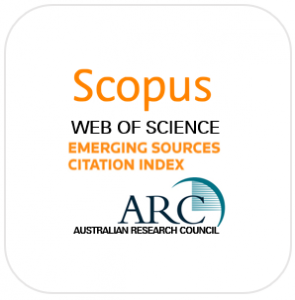ABSTRACT
The dominating and often contradicting tendencies of the early post-war Hokkaido were the continuing otherness, foreignness and distinctiveness from the rest of Japan, and the growing integration into the nation state. In other words, Hokkaido became more tightly connected to and more a part of Japan than ever before, but it clearly retained its peculiarity and was not simply a region or prefecture among the others. This study of Hokkaido is built on the premise that rather than being ahistorical and unchangeable entities, regions can be considered as spatial manifestations of social processes and they have to be conceptualised and analysed empirically as a part of the historical development of the society. It utilises the institutionalisation of region model when analysing how a region is constructed and how it is connected to the observable political, legal, social, economic, cultural, educational and administrative practices. The model consists of four interlocked stages (territorial shaping, symbolic shaping, institutional shaping, and establishment of region) that can be abstracted for analytical purposes and is tested here as a device to perceive the importance and understand relations between the various processes contributing to the making of the region.
DOWNLOAD

